Explore Lake Manyara Up Close: Walking Safaris Await
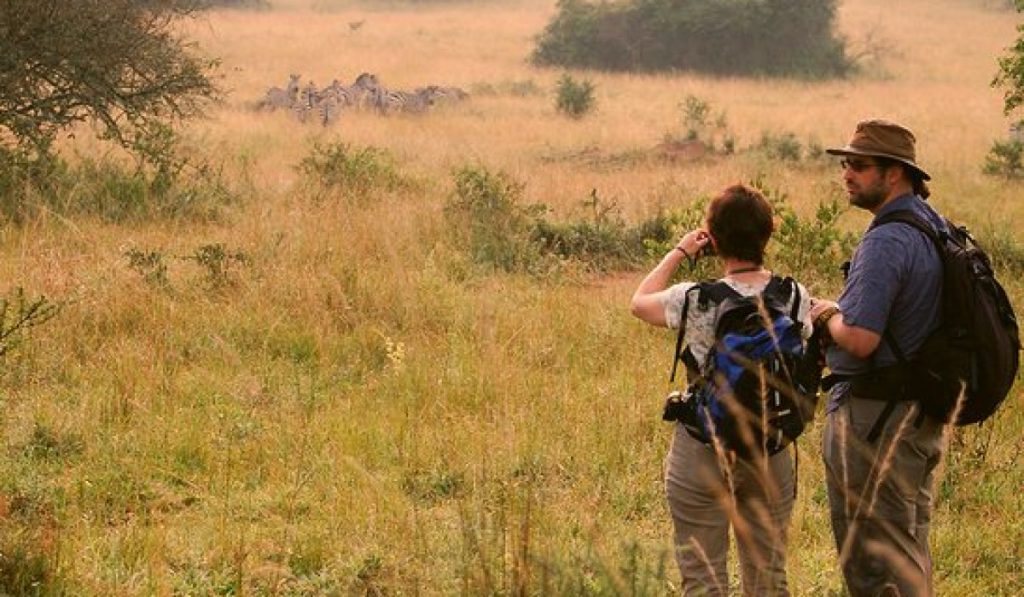
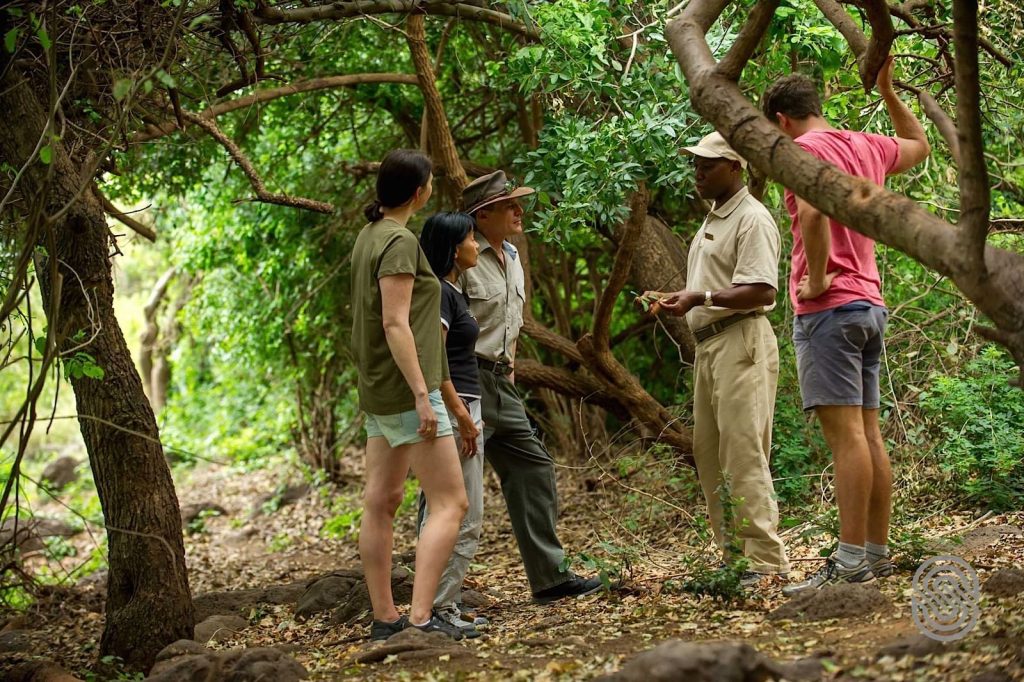
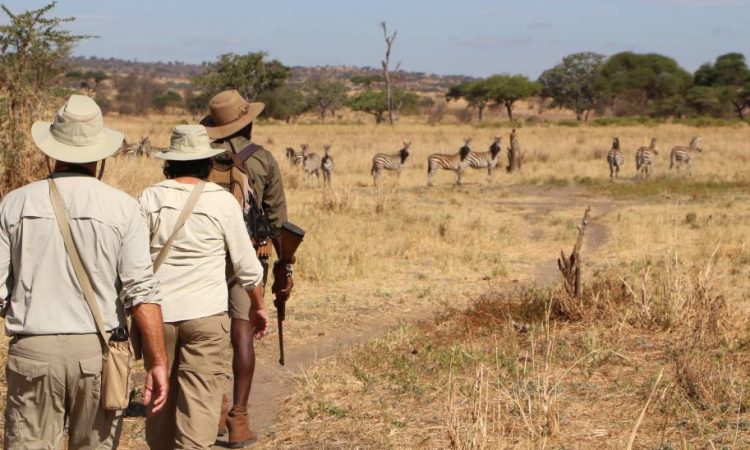
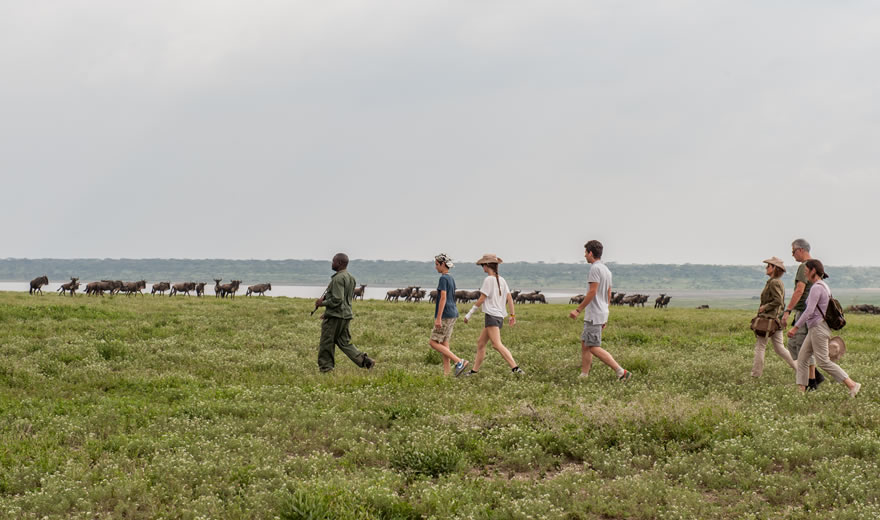
Lake Manyara Walking Safari
An Africa walking safari in Lake Manyara National Park offers an extraordinary way to experience the region’s diverse wildlife and scenic landscapes on foot. Walking safaris bring travelers closer to nature, offering a thrilling yet serene adventure that’s quite different from the experience of a traditional game drive. With opportunities to encounter wildlife up close, learn about the unique ecosystems, and enjoy the park’s breathtaking surroundings, a walking safari in Lake Manyara immerses visitors in the beauty of East Africa in an intimate and exciting way.
Why Choose a Walking Safari in Lake Manyara?
Lake Manyara National Park’s varied landscape, rich biodiversity, and commitment to sustainable tourism make it an ideal destination for an Africa walking safari. Here, visitors can go beyond the confines of a vehicle, exploring everything from the lush groundwater forests and open savannas to the lake’s shimmering shores. This hands-on experience brings visitors face-to-face with the flora and fauna of the park and provides a unique perspective on the region’s delicate ecosystem.
- Unique Ecosystem of Lake Manyara
- Lake Manyara boasts a blend of diverse habitats, including groundwater forests, savannas, and alkaline flats. Walking through these ecosystems provides an immersive experience, allowing you to observe the nuances of the environment—from small insects to towering trees—up close.
- The changing landscapes create excellent opportunities for wildlife spotting, particularly during the dry season when animals congregate around the lake and other water sources. Each step through the park reveals new facets of the landscape, offering endless surprises and discoveries.
- Close Encounters with Wildlife
- Walking safaris offer a safe yet thrilling opportunity to see wildlife up close, under the guidance of knowledgeable guides and rangers. While you won’t approach large animals too closely, you can still witness animals like zebras, giraffes, and antelope at a comfortable, respectful distance.
- Smaller species, like colorful butterflies, exotic birds, and even the fascinating array of reptiles, are easier to observe while on foot, giving you insight into Lake Manyara’s ecosystem that might be missed from a vehicle.
- Bird-Watching Paradise
- Lake Manyara is known as one of Tanzania’s premier bird-watching destinations, with over 400 recorded species. On a walking safari, you’ll have time to observe and photograph some of these species in their natural habitats, from the lake’s edge to the dense forests.
- Flamingos, pelicans, storks, and other water birds are commonly seen along the lake, while vibrant birds like kingfishers, bee-eaters, and hornbills can be spotted in the woodlands. A walking safari is ideal for bird enthusiasts, as it offers opportunities for still, quiet observation and close encounters.
The Walking Safari Experience
A walking safari is a guided experience, led by expert rangers and naturalists who share fascinating insights into the park’s flora, fauna, and history. Rangers are trained in animal behavior and tracking, ensuring your safety while enhancing the educational aspect of the safari. Walking safaris typically start early in the morning or late in the afternoon, when temperatures are cooler, and wildlife is most active.
- Up-Close Wildlife Tracking
- A key aspect of the walking safari experience is tracking wildlife. Guides use their knowledge of animal tracks, sounds, and movements to locate animals nearby, teaching visitors how to interpret signs left by various species.
- Tracking adds an element of adventure and curiosity, as each track or sound becomes a clue leading to a potential wildlife encounter. This experience builds a connection to the land and deepens your understanding of the animals’ behaviors and habitats.
- Discovering Flora and Smaller Species
- Lake Manyara’s ecosystem includes fascinating plant life that plays a crucial role in the lives of the animals and people of the region. On a walking safari, guides introduce you to the medicinal properties and cultural significance of various plants and trees, from towering figs and mahoganies to medicinal shrubs.
- Walking also allows you to observe smaller species, like insects, butterflies, and even the intriguing animal burrows that dot the landscape. This aspect of a walking safari is particularly appealing for nature enthusiasts interested in the delicate interdependence of Lake Manyara’s flora and fauna.
- Learning About Maasai Culture
- Guides often share insights into Maasai culture and their unique connection with the land around Lake Manyara. Many Maasai communities live near the park and have a deep respect for the local wildlife and landscapes, with customs and traditions that reflect a harmonious relationship with nature.
- In some cases, Maasai guides may lead the walking safaris, sharing traditional knowledge of the landscape, animal behavior, and plant uses, enriching the walking safari experience with cultural insights.
Breathtaking Scenic Views
A walking safari offers an unmatched way to soak in the views of Lake Manyara’s stunning landscapes. As you walk through the park, you’ll encounter panoramic vistas, from the Great Rift Valley escarpment to the shimmering lake itself.
- Escarpment Overlooks: From certain points along the walking routes, you’ll enjoy elevated views of the lake and the surrounding valleys, with sweeping vistas that capture the expanse and beauty of the park.
- Lake Views: Walking along the lake’s edge provides an opportunity to see reflections of the Rift Valley cliffs and witness the colorful birds gathered along the shore. These views, combined with the tranquility of walking, create an incredibly peaceful experience.
Safety and Sustainability
Safety is paramount on a walking safari, with trained rangers ensuring that all encounters are managed from a safe distance. Walking safaris operate under strict guidelines to ensure that animals are not disturbed, and the experience remains respectful of both wildlife and visitors.
- Eco-Friendly and Sustainable Tourism
- Walking safaris are among the most eco-friendly ways to explore Lake Manyara. With minimal environmental impact, these safaris help preserve the park’s delicate ecosystems, reducing vehicle use and supporting sustainable tourism initiatives.
- Walking safaris often contribute to local communities, employing guides from nearby areas and supporting conservation efforts that benefit both the environment and the people living around Lake Manyara.
- Connecting with Nature on a Deeper Level
- Walking through the park fosters a connection with nature that goes beyond traditional sightseeing. With no engine sounds or barriers, you become part of the landscape, moving at a natural pace and fully absorbing the sights, sounds, and smells of the African bush.
- This immersive experience promotes a sense of responsibility and awareness, highlighting the importance of protecting Lake Manyara’s ecosystem and its inhabitants for generations to come.
Best Times for a Walking Safari in Lake Manyara
The best time to enjoy an Africa walking safari in Lake Manyara is during the dry season, from June to October, when trails are accessible, and wildlife is more visible due to receding foliage. This period is ideal for clear views and less muddy paths, allowing visitors to fully enjoy the scenery without the risk of slippery terrain.
During the wet season, from November to May, the landscape is lush and vibrant, with ample bird-watching opportunities. However, some trails may be inaccessible due to rainfall, and safaris may be shorter to accommodate weather conditions.
Tips for a Successful Walking Safari
- Wear Comfortable, Neutral-Colored Clothing: Neutral colors blend with the environment, allowing you to approach animals without alarming them. Comfortable, breathable clothing and sturdy walking shoes are essential.
- Bring Binoculars and a Camera: While you’ll get close to wildlife, binoculars enhance the experience, especially for bird-watching. A camera with a zoom lens helps capture Lake Manyara’s beauty without disturbing animals.
- Stay Hydrated and Carry Essentials: Walking in Lake Manyara’s landscapes can be demanding, so bring water, sunscreen, and a hat to stay protected and comfortable.
- Follow Your Guide’s Instructions: For safety, always listen to your guide and avoid sudden movements. Guides are skilled at reading animal behavior and will ensure you have a safe and rewarding experience.
Conclusion: A Walking Safari Adventure Like No Other
Exploring Lake Manyara on foot offers a one-of-a-kind Africa walking safari experience, combining the thrill of wildlife encounters with the beauty of Tanzania’s landscapes. This intimate journey brings you closer to the park’s wildlife, plants, and natural beauty, all under the expert guidance of local rangers. Whether you’re tracking animal footprints, learning about Maasai culture, or marveling at the panoramic views, a walking safari in Lake Manyara promises an unforgettable adventure that celebrates the essence of Africa’s wild beauty.

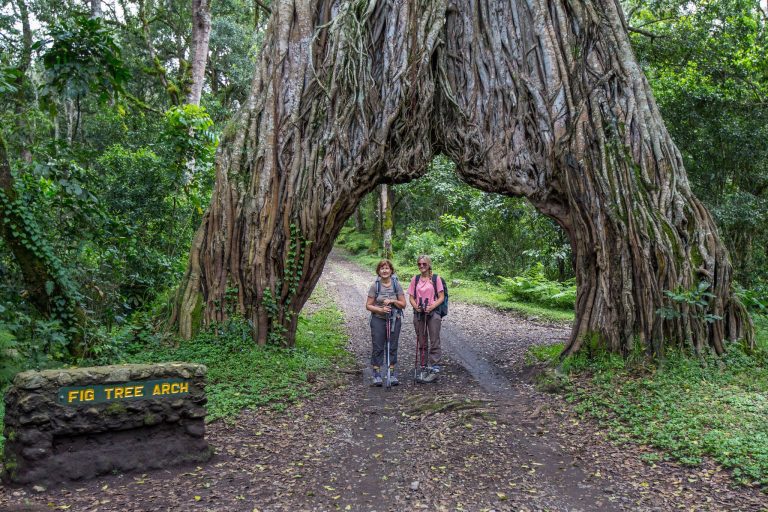
One Comment